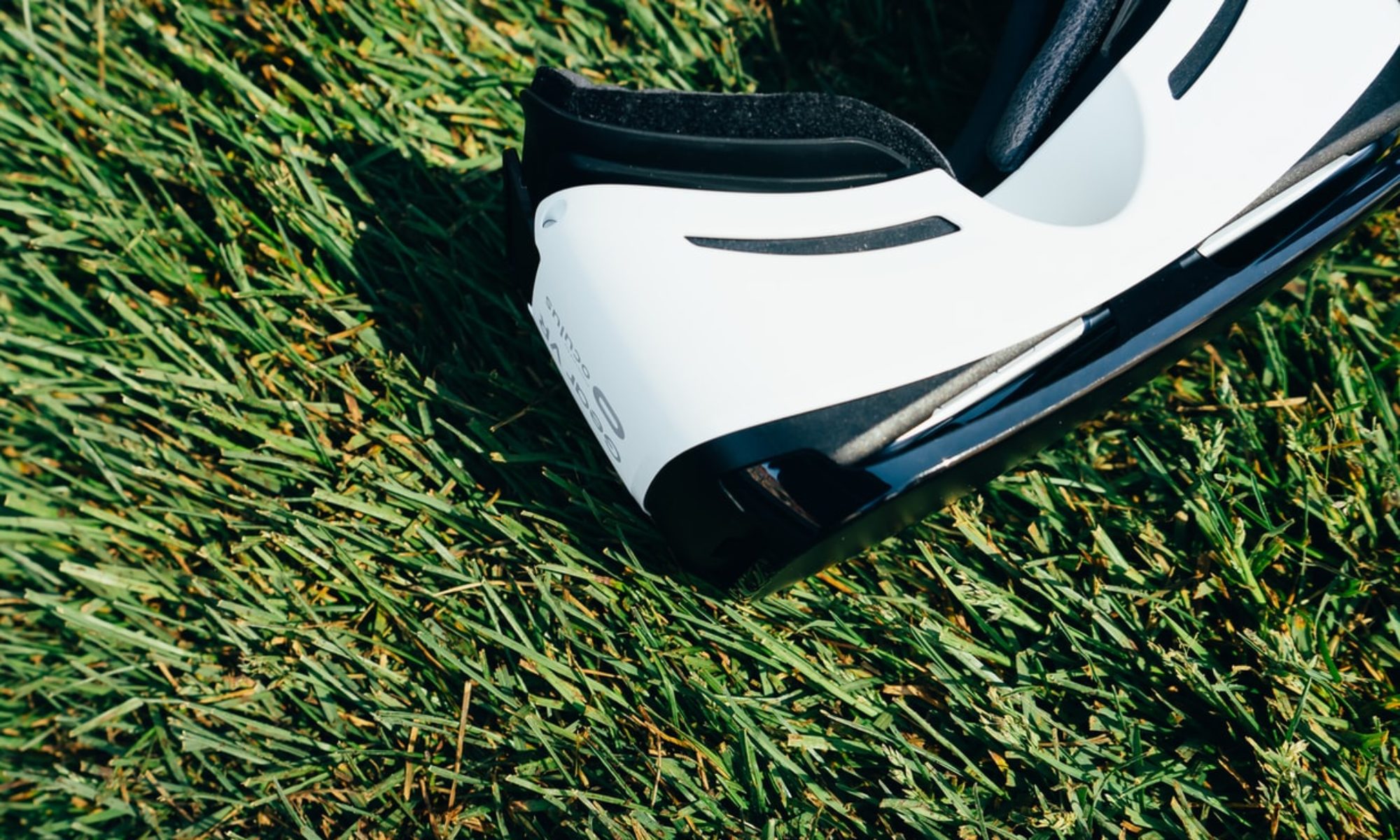Its been quite a holiday, if I can call it that.
I spent a week in Mallorca studying astronomy and planetary science with the Open University.
Sharon kindly drove me to the airport early in the morning and I caught the plane on to Mallorca. (Actually I only just made it to the plane as I was queing through security for an hour and a quater, I actually arrived at the plane five minutes after it had flown… or at least should have…)
The flight was uneventful apart from quite a lot of stomach turning drops as we flew over the Mallorca mountians, then over an hour wait for my luggage but after that a half hour trip to “Hotel Horizonte“
Just time for a quick walk into the centre to have a look around and get some essentials (Snickers and coke…) before the first coach ride into the heart of Mallorca and towards the “domes of knowledge” (telescope domes…). The coaches follow an ever narrowing road, eventually bearly much wider than the bus itself. (And we learned days later that the coach company uses the run as a “initiation test” and actually there’s a perfectly good motorway just up the road.)
After about an hour drive into the centre of the island we arrived at the observatory, I was expecting a panarama view of the island, but even though we were pretty high up the observatory was completely surrounded by trees, a problem we encoutered as some times the telescopes had to look right through the branches. (Apparently, this was all part of planning permission, to be able to build the observatories a certain number of rare and local plants had to be planted – unfortunately plants grow and had begun to crowd over the telescopes)
Check out some of my photo’s here
#flag: “Open University”, Mallorca, SXR208, Astronomy, “Planetary Science”, links


